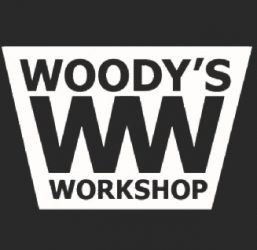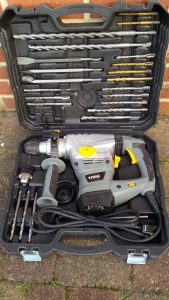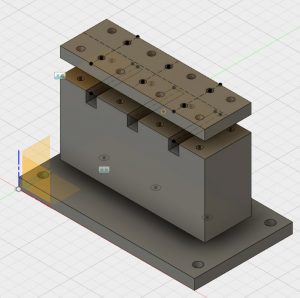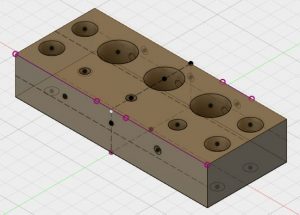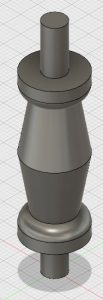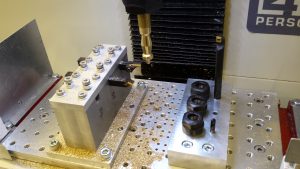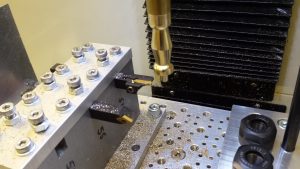Not getting a lot done in the workshop at the moment. Major distraction with the soccer World Cup (we dare to dream …) plus some garden engineering projects have kept me away from things.
It’s great how workshop resources have a significant use and payback when doing other activity. We had to stake some sleepers (not sure if this is a universal name – the wooden beams used to lay railway steels on) in a new feature in the garden and these needed staking together with through rods.
The Kennedy hacksaw came into play to cut the rods to length and the bench grinder to sharpen the ends to penetrate the soil. The SDS drill was indispensable to cut the holes in the sleepers etc etc. All of which justifies the acquired assets to the lady of the house so some points scored.
I also want to install a new desk in the office in our house in France. The current one is running out of space for the IT router, switch, CCTV DVR, ham radio transceiver, computer etc etc. I debated buying the materials to make a desk but then looked on EBay and found a complete desk for GBP10 in easy pick up distance. While picking it up the seller had a drawer unit in poor condition that she threw in for free. After a day’s remedial work I have a good looking desk with some new chrome handles that were on offer at the local DIY store. Total material cost under GBP15 which can’t be bad. I just have to transport it to France on the next run along with all the other items currently stacked up ready to go. The car could be low on the suspension.
Similar or related subjects : –
- TA12 USAF WW2 transmitter and 1938 Truphonic MA5T receiver
- Sending a SMS text message to the EU from UK
- Exactly by Simon Winchester
- Addis Thermopot and Derek Palmer
- Solar Energy servicing issues
- Fathers Day gift makes me smile
- Tormach PCNC440 blood donning solved
- Haimer Taster and vacuum table retrospective thoughts
- Engineering Video Favourites Updated List
- Experiences with SFR – Orange – FreeBox in France
